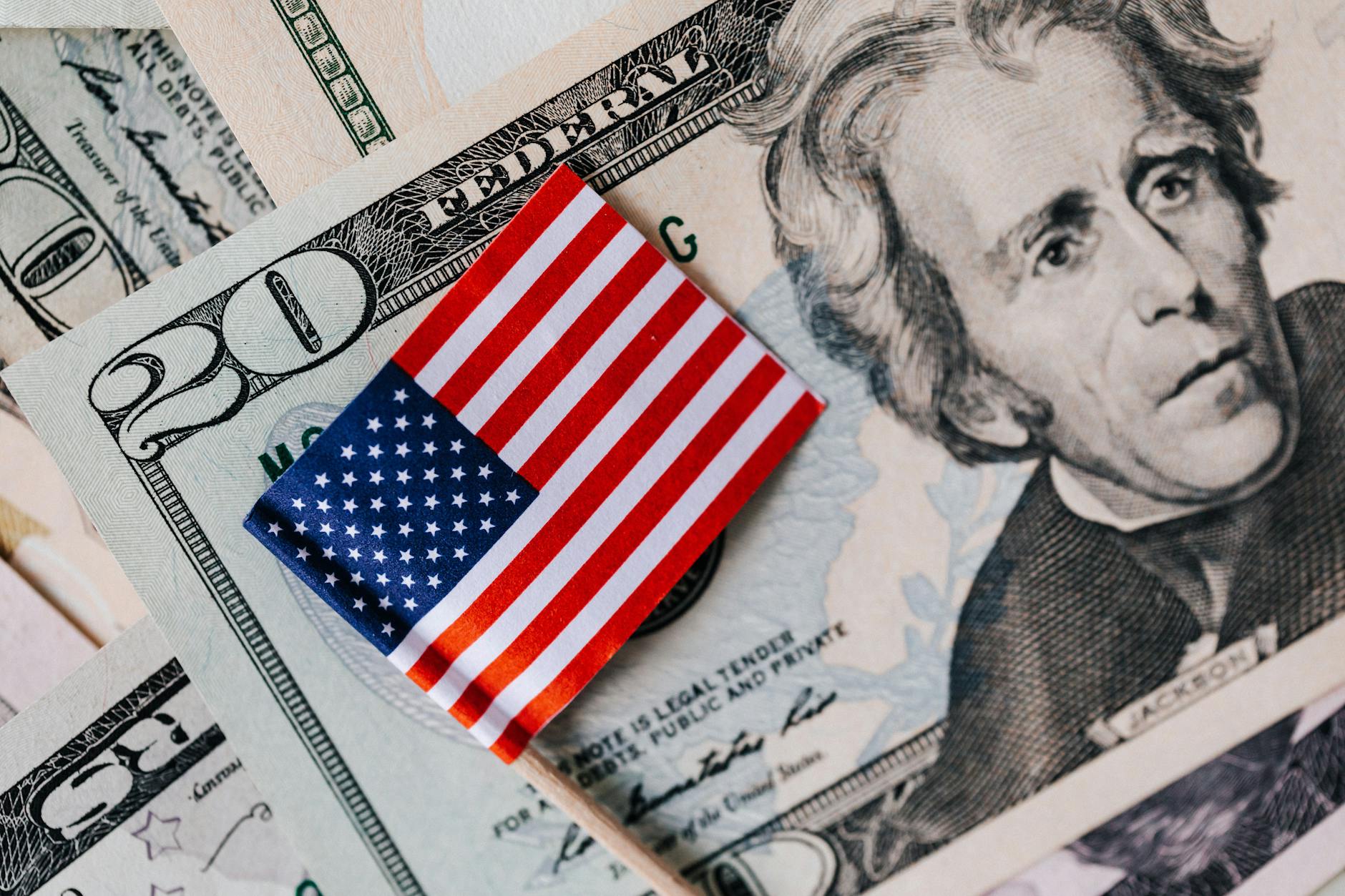Can Vance Help Grow Business Between US and India
Vance’s 2025 India Visit: Strengthening US-India Economic, Trade, and Geopolitical Ties
Rising global tensions and a shifting economic order are pushing Washington and New Delhi closer than ever. Vice President JD Vance’s four-day visit to India this April signals a clear intent: both countries want to take their partnership to the next level. Meeting with Prime Minister Narendra Modi, Vance will look for common ground on trade, defense, and technology—areas where mutual gains are ready to be unlocked.
With trade talks aiming to boost exchange from $190 billion to $500 billion by 2030, the stakes are high. India’s position as a regional leader is growing, backed by its role in the Quad and ongoing efforts to diversify energy and defense cooperation with the US. This visit isn’t just about business; it’s a reminder that strong US-India ties are quickly becoming essential for stability and growth in today’s fractured world.
Strategic Priorities of the Vance Visit
Vance’s trip to India centers on much more than friendly handshakes—it sets the stage for a historic upgrade in US-India economic and trade relations. The diplomatic focus is clear: lock in a comprehensive bilateral trade agreement and deepen ties across high-growth sectors. All of this takes place as leaders in Washington and New Delhi watch global competition heat up, from the Indo-Pacific to major world markets. Rising tensions in the region mean every decision at the table carries extra weight.
Bilateral Trade Agreement Goals: Outline the primary goals of the trade negotiation, target trade volume, and key sectors at stake such as agriculture, dairy, machinery, and medical equipment.
Both countries have set a bold target: raise total annual trade from $190 billion to $500 billion by 2030. This ambitious jump reflects the urgency to break new ground in global trade and is at the core of the current talks.
Key goals of the negotiation include:
- Formalize a broad trade pact: Both sides want an agreement that clears the way for long-term growth.
- Increase market share: The US is pushing for better access for American companies across food, heavy machinery, energy, and tech.
- Expand investment routes: New frameworks could help increase direct investment, make procedures faster, and strengthen supply chain links.
- Deepen sector ties: Four standouts are on the table:
- Agriculture: The US wants to export more grains and processed food, while India seeks secure export routes for its own crops.
- Dairy: American producers want fewer barriers, while India’s large dairy industry seeks to protect local farmers.
- Machinery: Both sides see heavy machinery as a growth area, with India needing modern tools and the US seeking reliable buyers.
- Medical equipment: India is a key export destination for US devices, while also looking to attract cutting-edge manufacturing.
Expectations for the agreement are high, with both sides watching for progress that aligns with the global race for supply chain security and shared economic growth. For more detail on current US-India trade agreement objectives and the strategic thinking, see the coverage at Economic Times.
 Photo by Kaboompics.com
Photo by Kaboompics.com
Market Access and Tariffs: Detail the challenges around reciprocal tariffs, particularly in agriculture, dairy, steel, and aluminum, and note deadlines for phased reforms.
Tariffs and market entry remain the toughest hurdles. Both sides use tariffs to shield their industries—but these same protections often slow wider cooperation.
Challenges in focus:
- Agriculture and Dairy: India upholds high tariffs to ensure its farmers’ incomes, while the US presses for lower barriers on dairy and grain.
- Steel and Aluminum: Ongoing duties have impacted US exports, raising costs for Indian manufacturers. Disputes over these metals have often drawn out trade talks.
- Reciprocal Treatment: Each side wants fair terms—when the US grants a concession, India expects a matching offer.
Both governments have outlined deadlines for phased reforms on sensitive tariffs. According to industry sources and ongoing negotiations tracked by Economic Times, incremental openings are being mapped out for the next five years. This approach gives industries on both sides time to adjust, all while sending a strong message about their shared commitment.
For an in-depth look at the terms of the potential 19-chapter trade deal and its impact on tariffs and goods movement, see India, US lock in 19-chapter trade deal terms.
Efforts to resolve these issues come at a time when global supply chains remain fragile, and both India and the US feel pressure to find durable, mutually beneficial trade pathways.
Economic and Technological Collaboration
Growing ties between the US and India go well beyond headline trade numbers. The next wave of progress depends on what happens in factories, farms, research labs, and server farms. Vice President Vance's visit will spotlight both economic and technology partnerships—areas that could reshape jobs, opportunities, and innovation in both countries.
Agricultural and Industrial Cooperation
 Photo by Edmond Dantès
Photo by Edmond Dantès
The drive for deeper agricultural and industrial ties features on both sides’ agendas. US exporters see India as a vast market for products from wheat, almonds, and apples to higher-value processed foods. Yet, India balances these talks carefully. New Delhi aims for growth but guards local jobs in farming and food processing.
Key negotiation points include:
- Opening Markets: US negotiators push for lower barriers on direct exports of grains, processed snacks, and specialty foods.
- Protecting Local Industry: India wants to boost productivity but avoid sudden competition that could impact rural employment.
- Growing Industrial Synergy: American manufacturers of tractors, energy equipment, and chemicals explore joint ventures and distribution deals in India’s fast-growing regions.
The US and India are not starting from zero. They already work together under several trade frameworks (see India - Trade Agreements), and both are eager to lock in commitments for easier market entries while making sure reform benefits can reach rural households and small businesses.
Technology and Digital Infrastructure Initiatives
Few areas show the power of US-India partnership more than technology and digital infrastructure. Everyday life in India continues to go digital—powered by investments from big American technology players.
Key projects and growth stories include:
- Starlink’s Telecom Push: SpaceX’s Starlink is working closely with Indian providers to expand satellite internet in rural and remote districts. This move supports India’s efforts to raise digital access for all and paves the way for next-gen connectivity.
- Big Tech Expansion: Google and Apple are growing their presence, not just by selling more phones or apps but also by building data centers, supporting cloud adoption, and investing in workforce training.
- US-India iCET Partnership: The Initiative on Critical and Emerging Technology (iCET) creates a channel for both sides to work on semiconductors, AI, cybersecurity, and clean energy tech (learn more about iCET’s goals).
- AI and New Investments: Recent agreements focus on shared frameworks for artificial intelligence, including reciprocal investments and rules that support innovation while protecting citizens (US and India to promote reciprocal investments in AI).
- Workforce and Data Security: American tech firms are running skilling programs in India and helping set standards for data privacy, boosting trust in cross-border digital services.
These efforts reflect a strategy that combines growth with inclusivity. By bringing together capital, talent, and technology, both countries set a strong foundation for future trade and cooperation in a connected world.







